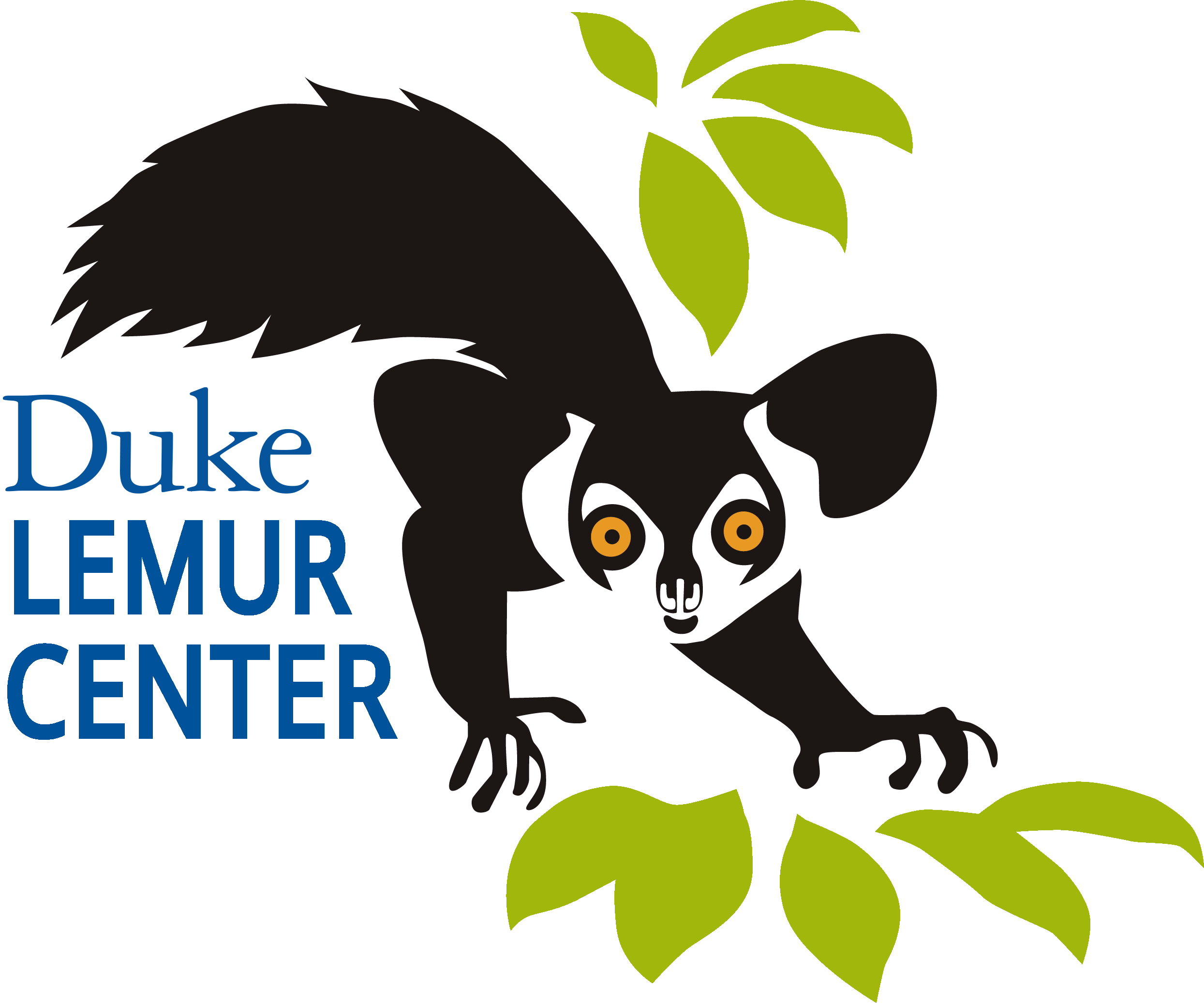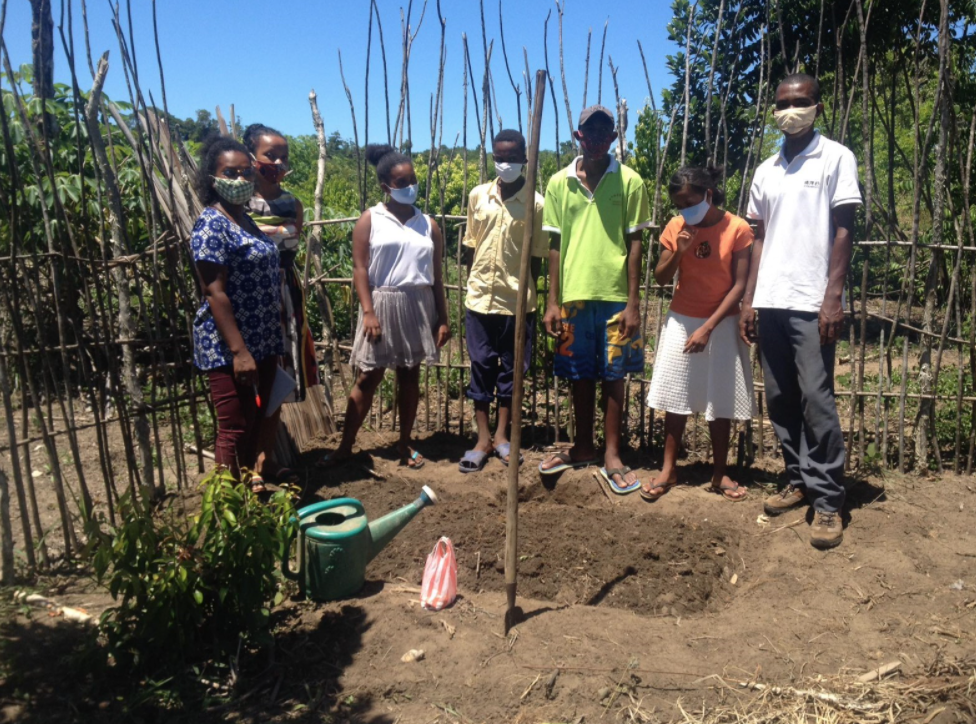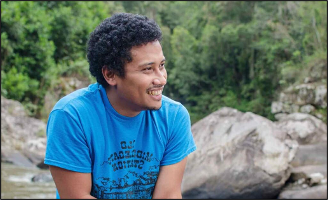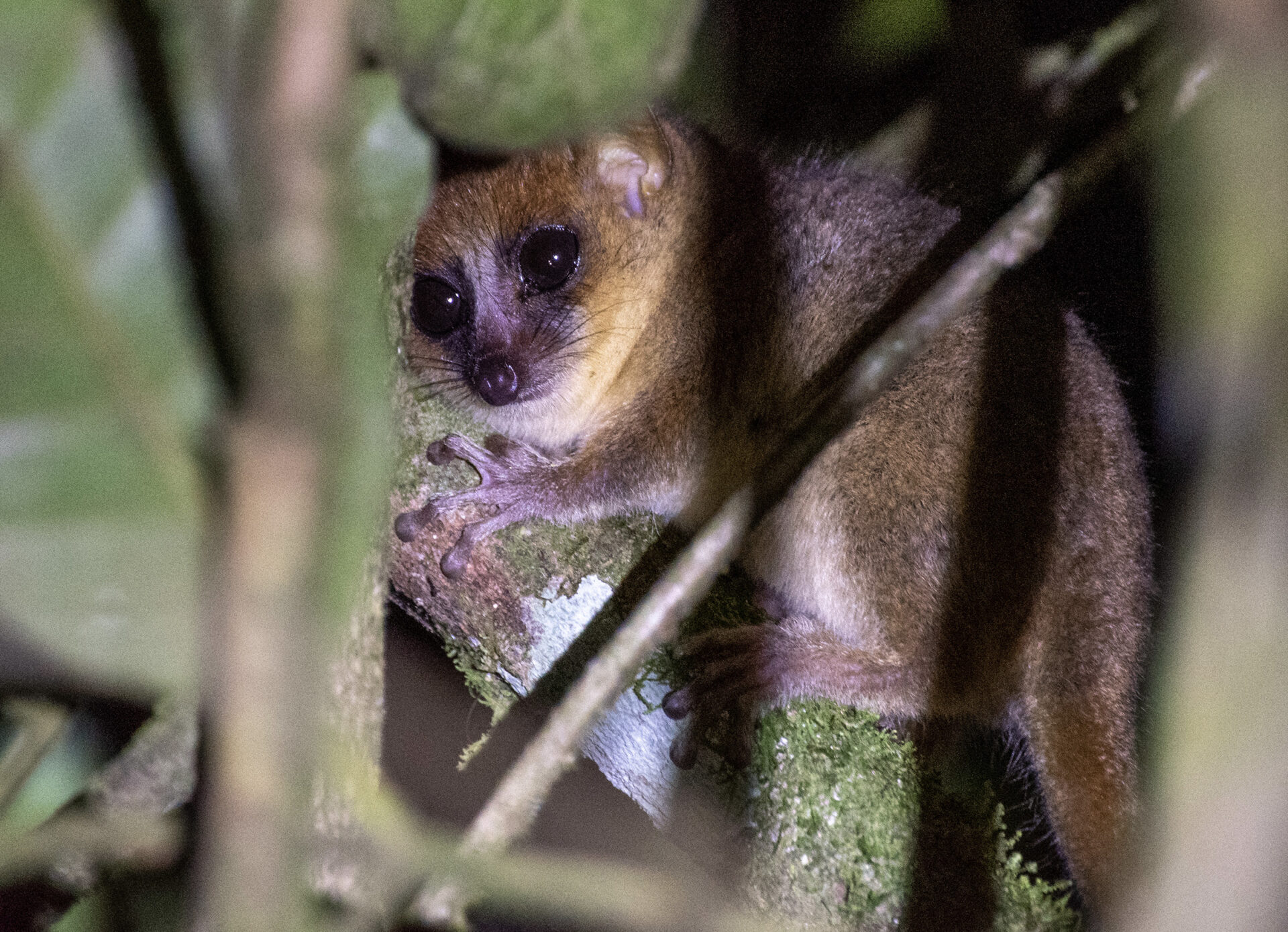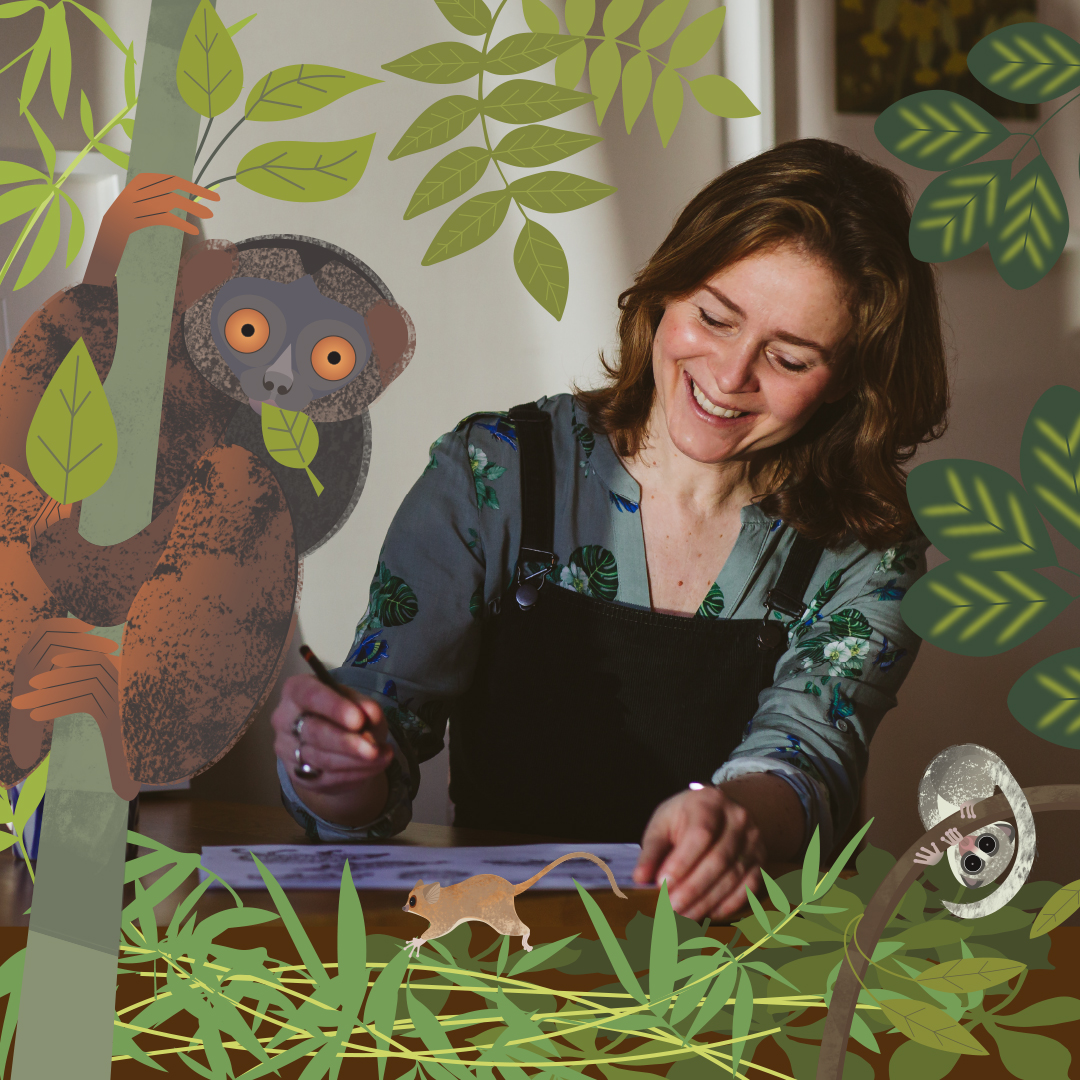On the State of Madagascar Conservation at the End of 2020, Looking Forward
James Herrera, Ph.D., Program Coordinator for DLC-SAVA Conservation. Published December 28, 2020. Madagascar is a natural and cultural treasure. With over 20,000 known plants and animals found nowhere else on earth, it is one of the biologically richest places on Earth. We continue to discover new species every day (1). Similarly, the diversity of cultures […]
